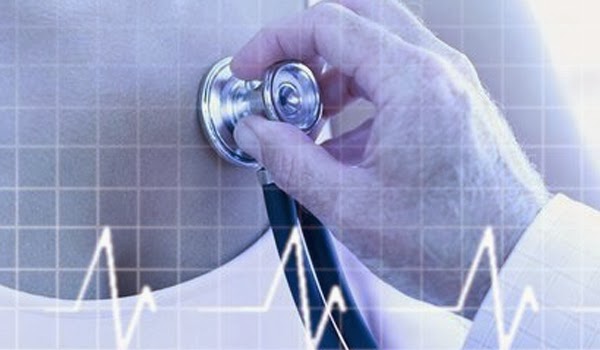In general, the adult resting heart beats between 60 and 100 times per minute (some doctors place the healthy limit at 90, so some of them may diagnose tachycardia at slightly lower than 100 beats per second). When an individual has tachycardia the upper or lower chambers of the heart beat significantly faster - sometimes this happens to both chambers.
When the heart beats too rapidly, it pumps less efficiently and blood flow to the rest of the body, including the heart itself is reduced. The higher-than-normal heartbeat means there is an increase in demand for oxygen by the myocardium (heart muscle) - if this persists it can lead to myocardial infarction (heart attack), caused by the dying off of oxygen-starved myocardial cells.
Some patients with tachycardia may have no symptoms or complications. Tachycardia significantly increases the risk of stroke, sudden cardiac arrest or death.
Our heart rates are controlled by electrical signals which are sent across heart tissues. When the heart produces rapid electrical signals tachycardia occurs.
FOR More information about health medicine sports subscribe and browse channal at http://youtube.com/user/healthmedicinesports



No comments :
Post a Comment